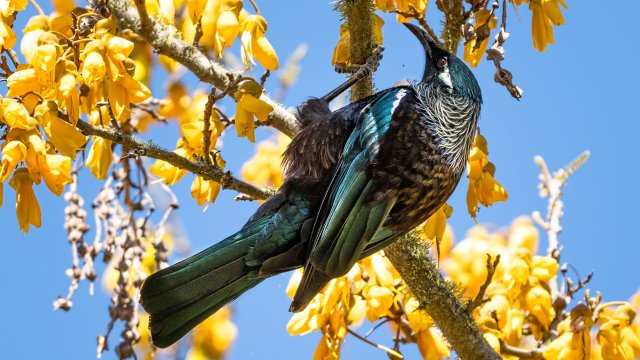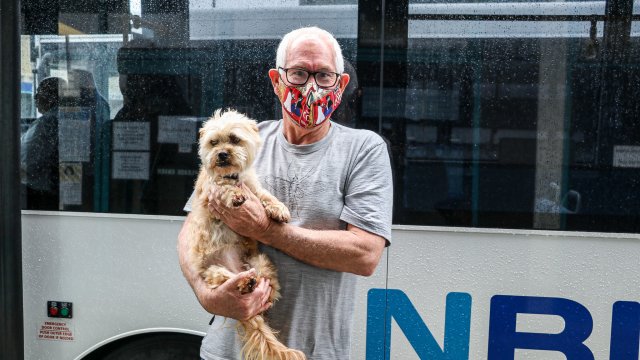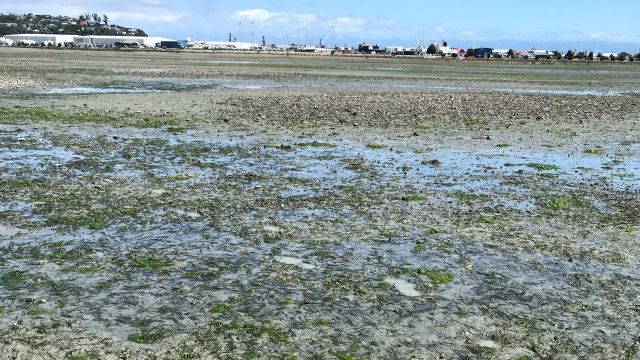Banded Rail get extra protection
29/05/2018 3:45pmNelson Nature (Nelson City Council’s biodiversity programme) is working in partnership with Natureland and the Tasman Environmental Trust’s Battle for the Banded Rail project to protect banded rail along the Nelson foreshore.
The traps extend protection for this shy coastal bird into Nelson.
Battle for the Banded Rail is working with local communities along the edge of the Waimea Inlet to restore habitat and trap predators to protect banded rail and other estuarine birds.
Banded Rail populations are declining throughout NZ because of introduced predators and habitat loss and, in the South Island, are now only found in Nelson-Marlborough estuaries. They are secretive birds, rarely seen, as they are well-camouflaged and remain under the cover of vegetation. However, footprint surveys have found a population in the Waimea Inlet, including along Whakatu Drive.
Over the last month, a team from Nelson City Council and Natureland installed traps alongside the Whakatu Drive cycleway, which follows the coastal margin of the Waimea Inlet.
Nelson Nature is supporting the project by providing traps and baits, while Natureland is volunteering staff time to regularly check and maintain the traps. The traps are designed to target stoats and rats, key predators of banded rail. The traps have been designed to exclude weka and cats. Walkers and cyclists are asked not to disturb the traps.
Councillor Brian McGurk, Chair of the Planning and Regulatory Committee, said that the trapping programme along Whakatu Drive would extend protection for threatened species along the coastal corridor.
“It’s great to see the partnership approach taking shape to increase protection for our local birds and wildlife.”




